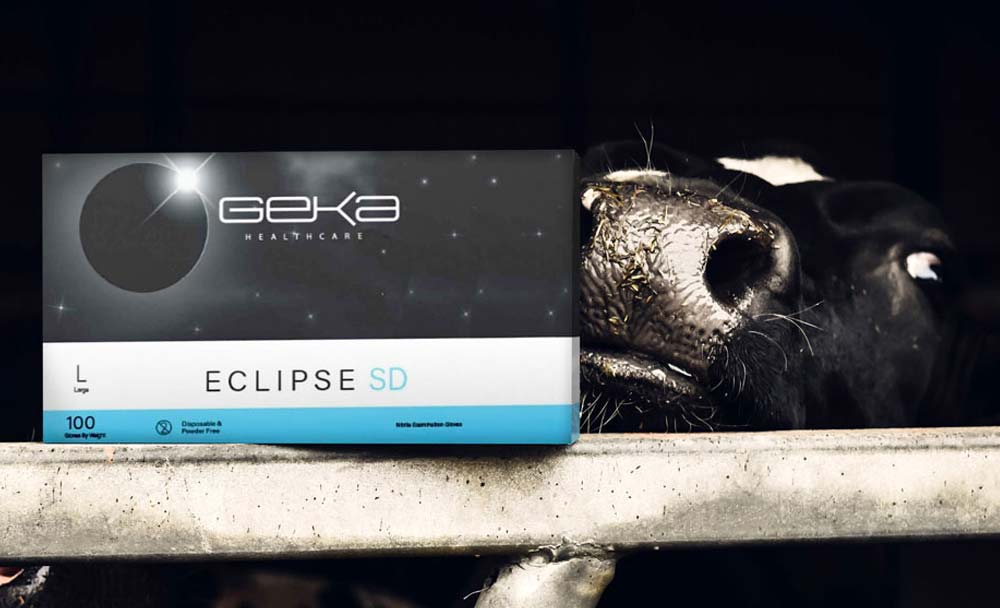What is the difference between Nitrile and Latex disposable gloves?
Disposable nitrile and latex gloves are available in lots of different styles, each suitable across different applications. Latex gloves or nitrile gloves are perfect for dairy farmers and the dairy industry because of their barrier protection against mastitis causing bacteria. But what's the difference? Disposable gloves are manufactured from differing materials. They’re designed to suit different environments and applications - understanding this actually helps when deciding which is right for you.
Which type of disposable glove is right for farmers and dairy farmers?
The answer to this depends on what you intend to do. For example you don't need sterile gloves to work on machinery and gloves.
What are Latex Gloves?
Latex gloves are manufactured from natural rubber latex, which is a natural product derived mainly from the Hevea Brasiliensis or "Rubber Tree". Latex gloves are naturally flexible, very stretchy and offer high levels of tensile strength. During manufacture a rubber compound is used containing different levels of natural latex, which defines the flexibility of the glove. In general latex is tolerant to oils and chemicals, while retaining flexibility and tactility (depending on the compound composition).
Different thicknesses and treatments, such as chlorination, are used in the production of latex gloves altering their characteristics. Chlorination to the surface of the glove removes any tackiness for a smoother finish. This means they're easier to put on and take off.
What are Nitrile Gloves?

Nitrile is a synthetic rubber with a high resistance to oils, fuels and other chemicals. This gives nitrile gloves an advantage over Latex gloves if you’re working with chemicals, fuels, adhesives or oils. They look and feel very similar to latex gloves, bringing the added benefit of being free from natural latex proteins. Nitrile gloves are often the preferred glove for anyone who suffers from latex sensitisation.
Nitrile gloves are designed and manufactured in a wide variety of colours and styles, with different features that are useful for specific industries. For example, white nitrile gloves like HALYARD Sterling offer high contrast which can be written on when taking down quick medical notes. While gloves like HALYARD Basics Blue are suitable for food preparation and processing and black Nitrile gloves such as GEKA Eclipse SD are preferred by tattoo artists and by dairy workers as the black colour helps to either hide or highlight different fluids.
Disposable Nitrile gloves are available in a variety of thicknesses which provide different strengths and protection from different chemicals. In general, Nitrile gloves deliver a high resistance to chemicals or acids than Latex gloves however, you need to check whether the chemicals you are using are specifically covered by the glove you choose. The information on each box will tell you more about this.
Nitrile v Latex Gloves - What's the difference?
Nitrile Gloves:
- Synthetic product.
- No Latex sensitivity.
- Easy to put on and take off.
- High tolerance to chemicals and oils.
Latex Gloves:
- Natural product.
- Stretchy and flexible.
- Easy to put on and take off.
- Medium tolerance to chemicals and oils.
Which glove style is right for me?
Both nitrile and latex gloves have their strengths and you should choose the version of disposable gloves which best suit your environment and requirements.
Need to know more?
We've been supplying disposable gloves to farmers and dairy farmers for over 20 years, and we're always here to help. Contact us today and see how Abbeydale Direct can help you.


